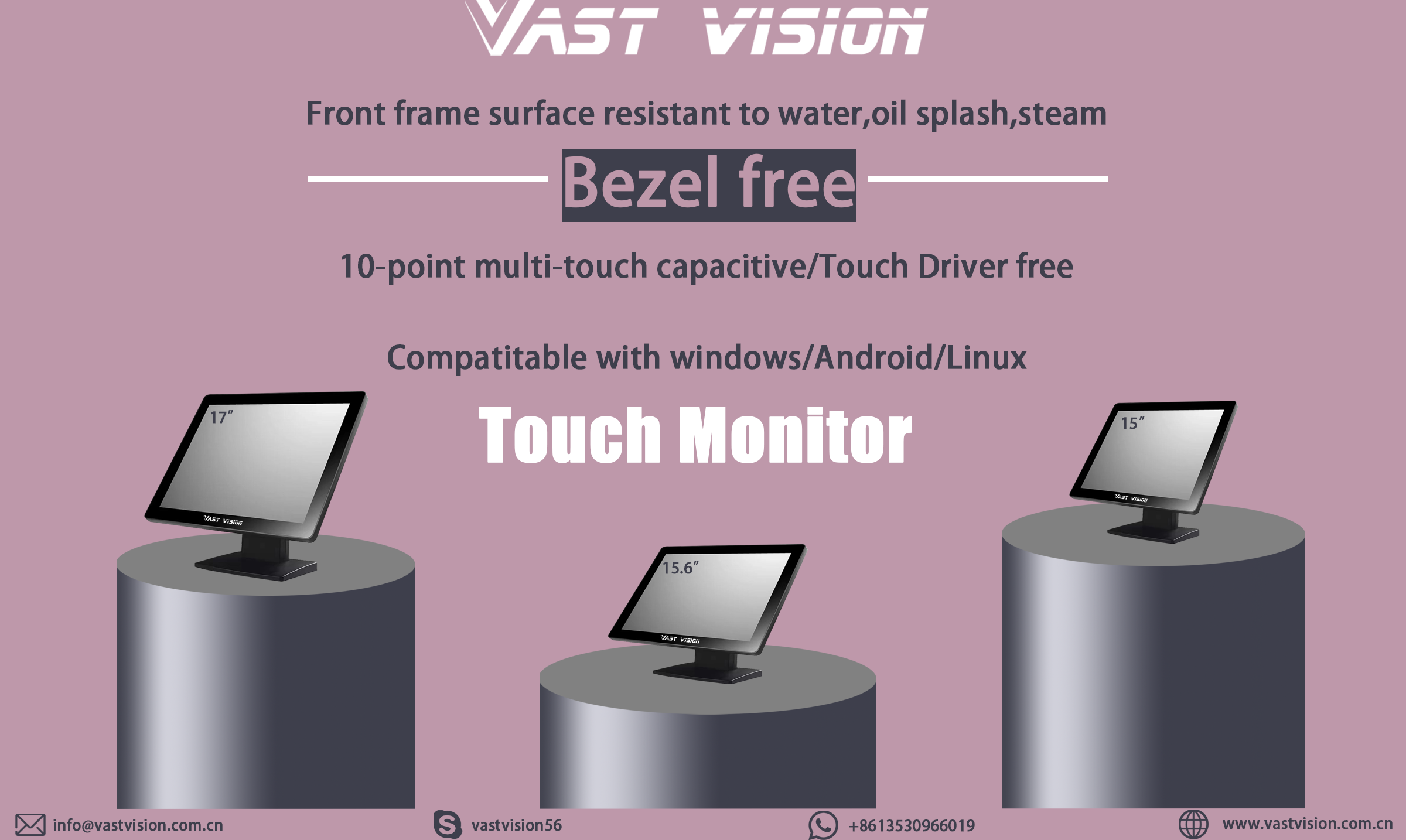News
touch screen monitor in pos application

In a point-of-sale (POS) application, a touch screen monitor can be a valuable and intuitive input device for the user. It allows customers and staff to interact directly with the software interface by touching the screen, eliminating the need for a separate mouse or keyboard. Here are some benefits and considerations for using a touch screen monitor in a POS application:

Benefits:
Improved User Experience: Touch screen monitors provide a more interactive and user-friendly experience. Customers can quickly navigate through menus, select items, and complete transactions with ease.
Faster Transactions: With a touch screen, cashiers or staff can process transactions faster, reducing waiting times for customers, especially in high-traffic environments.
Space-Saving: Touch screen monitors eliminate
the need for external peripherals like mice and keyboards, helping save valuable counter space in compact point-of-sale setups.
Ease of Use: Touch screen interfaces are intuitive and require minimal training, making it easier for new employees to get up to speed quickly.
Flexibility: Touch screen monitors can be adjusted for different viewing angles, providing flexibility for users of varying heights or when used in different orientations (landscape or portrait).
Considerations:
Durability: Since touch screen monitors involve direct physical interaction, it is essential to choose durable screens specifically designed for commercial use. These screens should be resistant to scratches, pressure, and wear from constant tapping.
Accuracy and Sensitivity: The touch screen's accuracy and sensitivity are crucial factors. It should register touches accurately and respond quickly to avoid frustration for users.
Cleanliness: Touch screens can accumulate fingerprints and smudges, which may affect visibility and functionality. Regular cleaning is essential to maintain optimal performance and hygiene.
Security: Depending on the POS application's sensitivity, it's crucial to implement appropriate security measures to prevent unauthorized access to the system through the touch screen.
Software Compatibility: Ensure that the POS application supports touch screen input and that the user interface is optimized for touch interactions. If using third-party software, verify its compatibility with the touch screen monitor.
Ergonomics: Consider the ergonomics of the touch screen placement to ensure it is comfortable for users to reach and interact with without straining or awkward postures.
Cost: Touch screen monitors can be more expensive than regular monitors, so budget considerations should be taken into account.
In summary, using a touch screen monitor in a POS application can significantly enhance the user experience, speed up transactions, and save space. However, it is essential to consider durability, accuracy, cleanliness, security, software compatibility, ergonomics, and cost when implementing touch screen technology in your point-of-sale setup.
RELATED NEWS
- How to choose capacitive touch or resistive touch monitor 2019-02-16
- mini pc-Small size, big experience 2020-01-06
- pos cash register in restraunt 2022-01-17
- touch screen pos terminal 2021-07-06
- What are the hardware of a cash register system? 2017-01-28
CATEGORIES
LATEST NEWS
CONTACT US
Contact: Cherry Jiang
Tel: 0755-89329286
E-mail: info@vastvision.com.cn
Whatsapp:0086-13530966019
Add: Bldg. 4, Lane A, Shangxue City,Science and Technology, Longgang District,ShenZhen,GuangDong Province